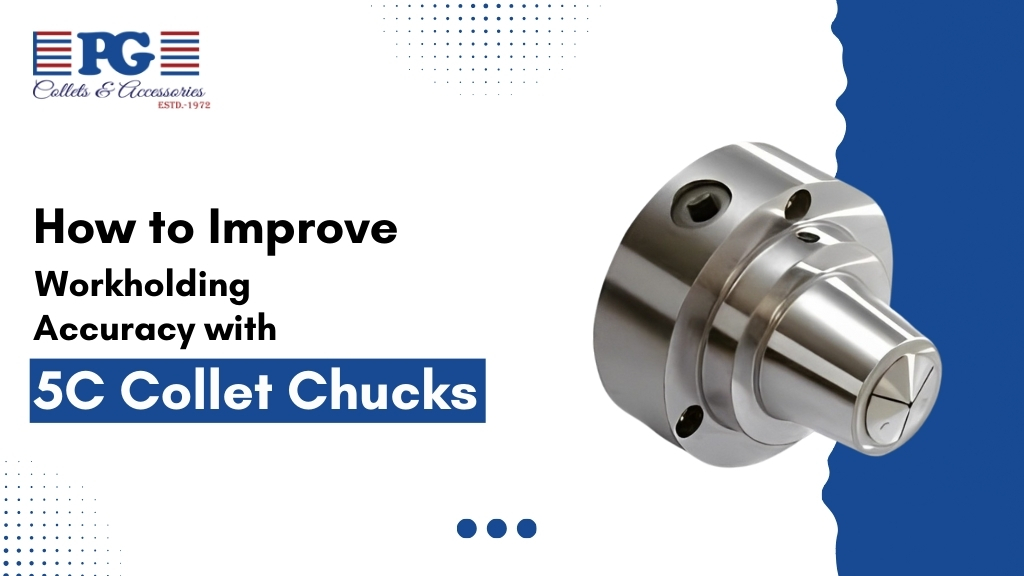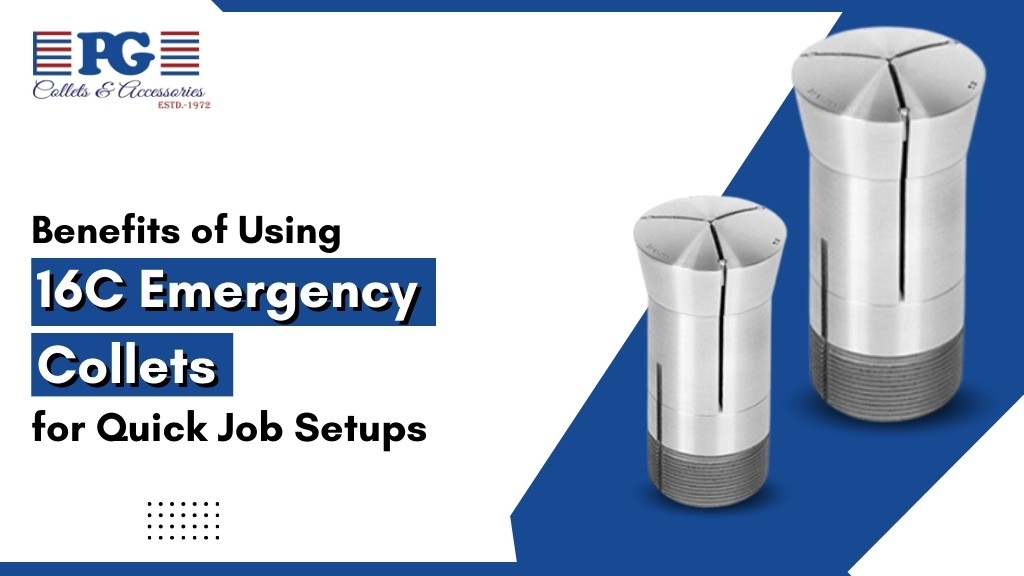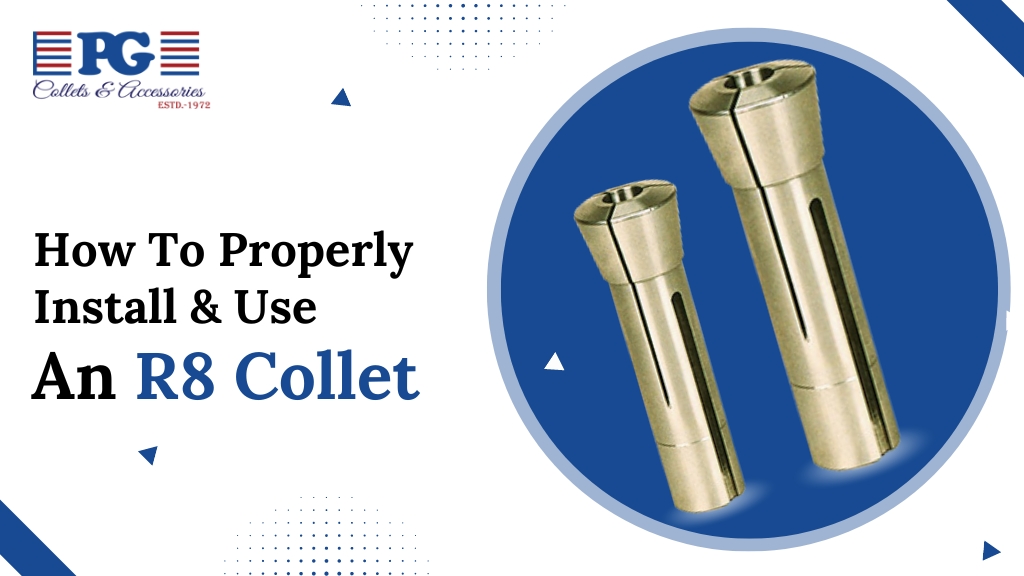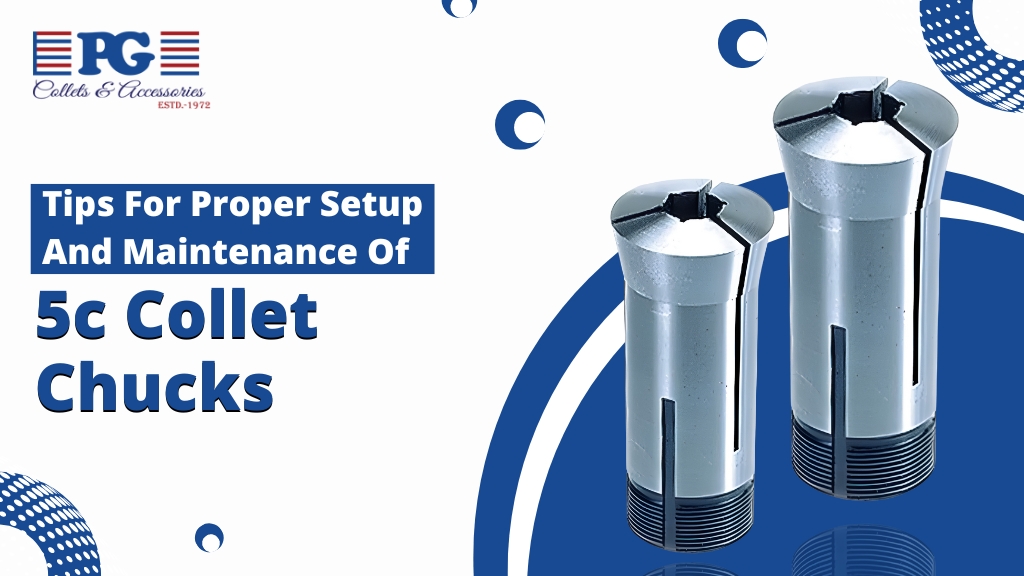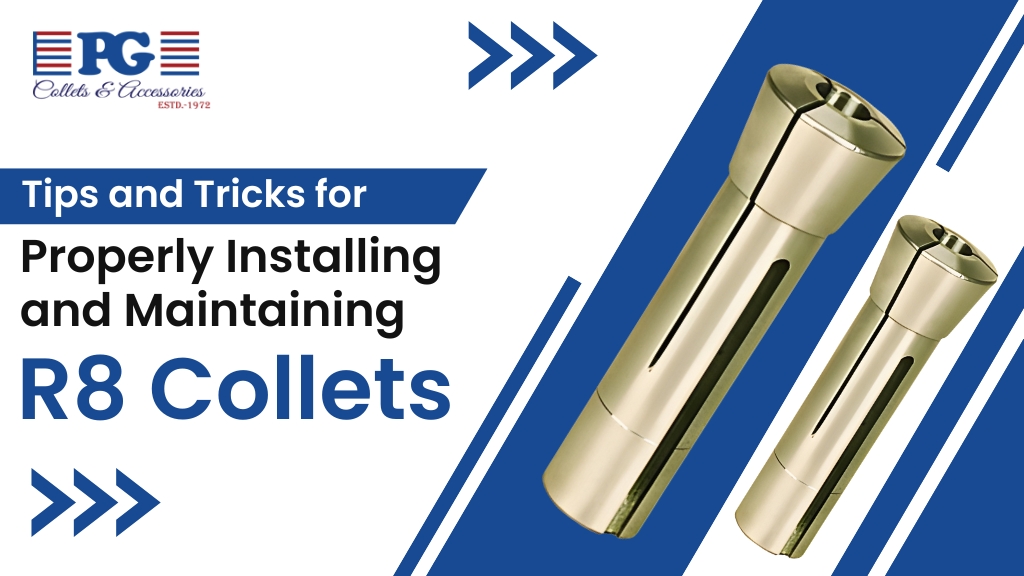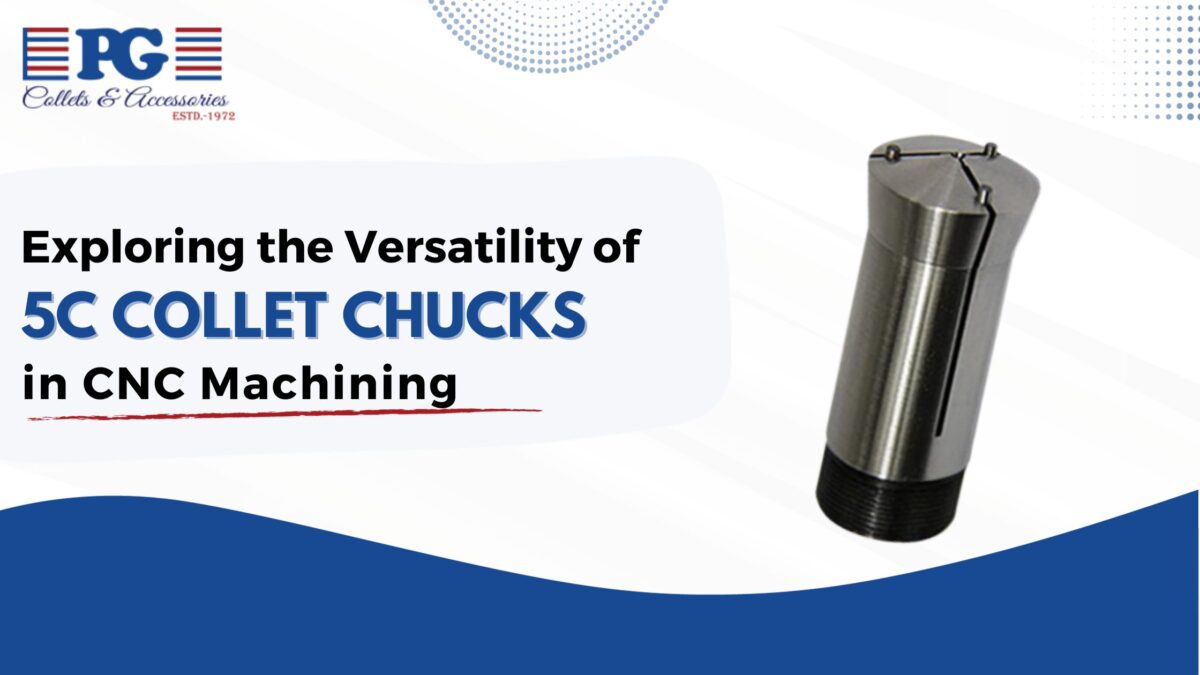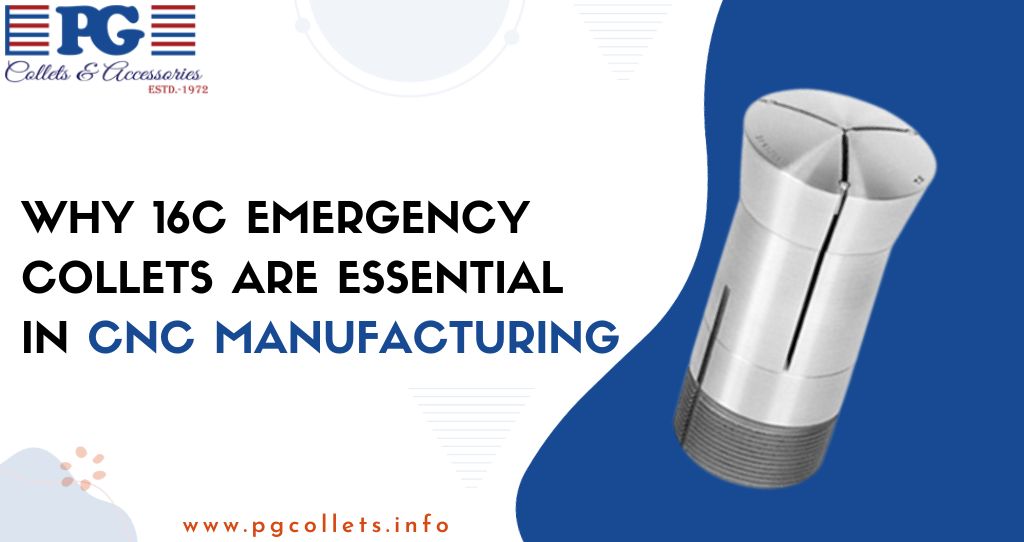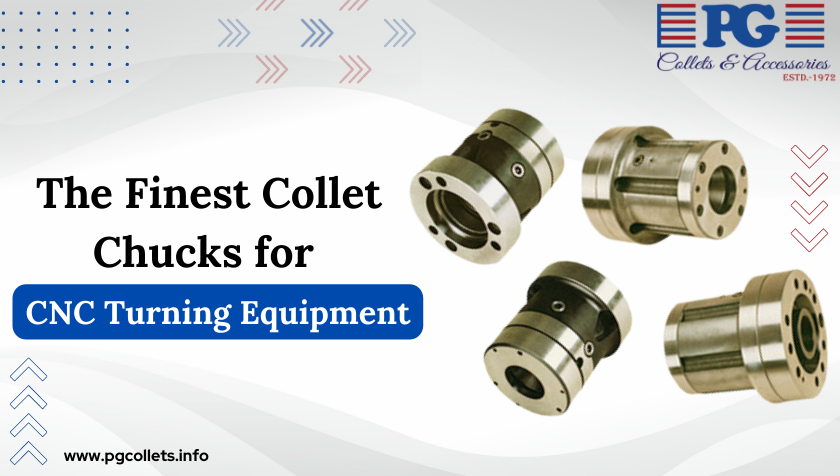Introduction to 5C Collet Chucks
In precision machining, achieving optimal workholding accuracy is paramount for ensuring consistent and high-quality production outcomes. 5C collet chucks stand out as essential tools designed to enhance workpiece stability and precision during machining operations. This article explores the mechanics, advantages, practical applications, and integration considerations of 5C collet chucks, emphasizing their critical role in improving workholding accuracy.
Understanding the Mechanics of 5C Collet Chucks
5C collet chucks operate based on a mechanism that involves compressing collets uniformly around workpieces. This compression ensures a secure grip, minimizing workpiece movement and vibration during machining processes. The result is enhanced stability and accuracy, crucial for achieving precise machining results across various applications.
Key Features of 5C Collet Chucks
- Precision and Tolerance:
One of the primary features of Precision Collet Chuck is their ability to maintain tight tolerances and concentricity. This precision is essential for applications where minimal runout and consistent machining dimensions are critical.
- Versatility in Machining Operations:
5C collet chucks are versatile tools that can accommodate a wide range of workpiece sizes and shapes. They are suitable for turning, milling, drilling, and other machining processes, offering flexibility in production setups.
- Ease of Use and Efficiency:
With quick collet changes and straightforward setup procedures, this collet enhance operational efficiency by reducing downtime between machining operations. Machinists can swiftly adjust to different workpiece dimensions, optimizing workflow and produc.tivity
Advantages of Using 5C Collet Chucks
- Enhanced Workpiece Security
The secure grip provided by 5C Collet Holder minimizes the risk of workpiece slippage or misalignment during machining. This enhances overall workpiece security and allows for more aggressive cutting parameters without compromising accuracy.
- Improved Surface Finish Quality
By reducing vibrations and ensuring stable workholding, 5C collet chucks contribute to achieving smoother surface finishes on machined parts. This is particularly beneficial in applications requiring high aesthetic or functional surface quality.
- Cost-Effectiveness and Durability
Constructed from durable materials, these collet chucks offer long-term reliability and cost-effectiveness in industrial environments. They require minimal maintenance and can withstand the rigors of heavy-duty machining operations.
Practical Applications of 5C Collet Chucks
- Turning OperationsIn lathe applications, Precision collet chuck securely grip cylindrical workpieces, allowing for precise turning operations. Machinists can efficiently change collets to accommodate different diameters, supporting a wide range of turning tasks.
- Milling and DrillingFor milling and drilling operations, this collet provide robust clamping force necessary for accurate hole positioning and complex machining tasks. Their stability and precision contribute to achieving tight tolerances and geometrically accurate features.
Integration Considerations
- Compatibility with Machining EquipmentWhen integrating 5C collet chucks into existing machining setups, compatibility with lathe or milling machine specifications is crucial. Proper alignment and setup ensure seamless operation and maximize the efficiency of machining processes.
- Tooling Options and AccessoriesSelecting appropriate collets and accessories tailored to specific machining requirements optimizes the performance of 5C collet chucks. Machinists can choose from various collet sizes, materials, and configurations to suit diverse production needs effectively.
Implementing 5C Collet Chucks for Improved Workholding
Precision Machining Techniques
Achieving superior workholding accuracy with 5C collet chucks involves meticulous setup and operational practices:
- Optimal Collet Selection: Choosing collets based on workpiece dimensions and material properties.
- Secure Clamping: Ensuring proper collet insertion and tightening procedures to prevent slippage or movement during machining.
Maintenance and Care Tips
To maintain peak performance of 5C collet chucks:
- Regular Cleaning and Inspection: Removing debris and inspecting for wear or damage to collets and chucks.
- Lubrication: Applying lubricants to collet threads and chuck mechanisms to enhance operational smoothness and longevity.
- Storage Practices: Storing collets in a clean, dry environment to prevent corrosion and maintain gripping effectiveness.
Conclusion
In conclusion, 5C Collet Holder are indispensable tools in precision machining environments, offering unparalleled precision, versatility, and reliability. By understanding their mechanics, advantages, and practical applications, machinists can leverage 5C collet chucks to enhance workholding accuracy and optimize machining efficiency. Incorporating best practices in setup, maintenance, and tooling selection ensures consistent performance and extends the operational lifespan of 5C collet chucks, making them essential components in achieving machining excellence across various industrial sectors.


